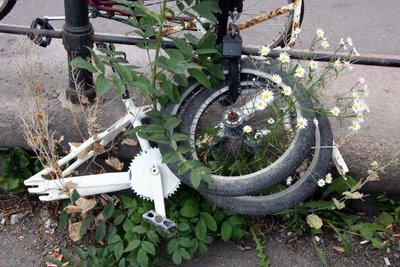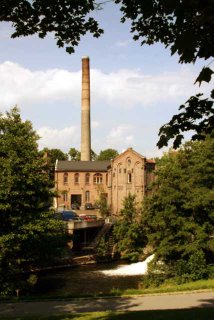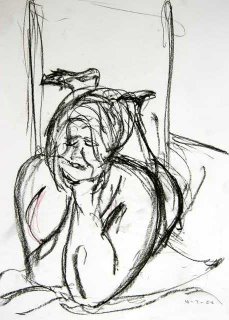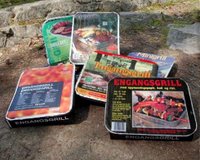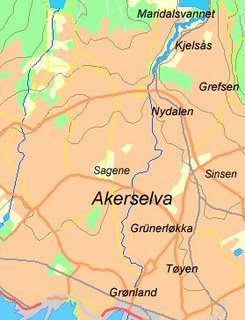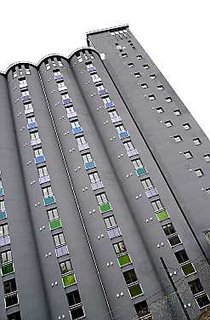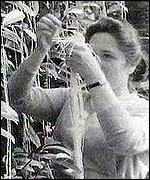
It started when I tried the Atkins diet, my quest for very large eggs that taste like
eggs. The mainstay of my diet was 2 boiled eggs for breakfast. I have to say it has been a sad and weary search. As someone who spent the best part of my working life associated with the British Poultry industry I find it really sad to have to report that British eggs are CRAP. They are invariably stale regardless of where you buy them from. The shell quality is abysmal, invariably thin, porous, rough, and frequently misshapen. And as for taste well they don't or if they do it is usually of something not very nice. Then there is the current grading (size) standard. I like my eggs EXTRA LARGE. But they are very difficult to find in most egg outlets. One of the reasons is the strange weight grading ranges currently applied to eggs and the other is the mean way in which they are applied. Due to a quirk in the egg grading regulations an extra large egg can be the same size as a large egg. Eggs are graded as small, medium, large and very large. The weight ranges for the grades are as follows:-
Very Large - 73g +over
Large - 63 - 73g
Medium - 53 - 63g
Small - 53g +under
It does not take a genius to notice that a 73g egg could be both a "very large" or "large" now if you were an egg seller how would you distribute your eggs. Well I can tell you on a limited survey of eggs from Somerfields and Booths you get very few 73g eggs in the "large" category and you get few eggs much larger than 73g in the "very large" size. Now where do all the eggs larger than say 75g go? Well I know you can buy super large eggs at some farm shops but it does naff me off that in the average supermarket a very large egg is hardly any larger than a large egg and "Extra Large" eggs are rarely seen.
But size is not everything or so I am told! Flavour is probably more important when it comes to enjoying your chucky egg and toasty soldiers or is it shoulders? Say that fast!! As I have already said I have tried a variety of sources and have yet to find an egg that tastes like an egg should. Yet when we visit Spain, Tenerife, France or Norway the egg quality seems so much superior. I have just had 2 eggs for my breakfast purchased yesterday at the local supermarket. They were delicious, they actually had a flavour. A rich creamy yolky flavour which is hard to describe but you recognise it when you taste it. It goes with toast like strawberries go with cream.
The first thing of note about Norwegian eggs is they are WHITE, you don't get white eggs in the UK anymore, well not from commercial layers anyway. The British abandoned white eggs in the 70's when the poultry industry marketing hype convinced the gullible British housewife that brown eggs were better than white! White were considered to be "factory" eggs whilst brown were "farmyard" eggs, bollocks of course. They even charged a premium for brown eggs. A triumph of marketing over common sense or should tat be "bullshit baffles brains". Egg colour is genetic and does not have any relationship to quality. The other interesting thing about Norwegian eggs is they have really dark yellow yolks, like eggs should! When it comes to judging quality or flavour yolk colour can be a bit deceptive. Yolk colour is almost entirely related to diet. Commercial layer rations are constructed in such a way that the colour of the yolk can be pre-determined within very narrow limits and can be selected off a chart much like paint. Once upon a time this colour was derived from natural sources such as maize or grass. This is why true free range hens tend to produce yolks with dark yellow yolks. These days artificial colourants are used. There are three different agents used to tinker with the colour of egg yolk - canthaxanthin (E161g), citranaxanthin (E161i) and beta apo81 carotenal (E160).
Lion quality mark guidelines - set up by the Egg Information Service for its members - do not permit the use of E161g. But the remaining 30% of British egg producers are at liberty to use this colourant.
So where do I get VERY LARGE eggs, with nice yellow yolks and bags of flavour without having to move to Norway, Spain, Tenerife or France? I don't mind if they are brown or white or any shades in between as long as they taste like eggs. Being fresh would be a bonus. Although, having said that an egg can be too fresh. If you are into hard boiled eggs they need to be at least 7 days old. If they are any fresher it is almost impossible to remove the shells without taking the white as well. Oh and another bit of trivia, in Torshov they sell eggs in 4's aint that quaint!











